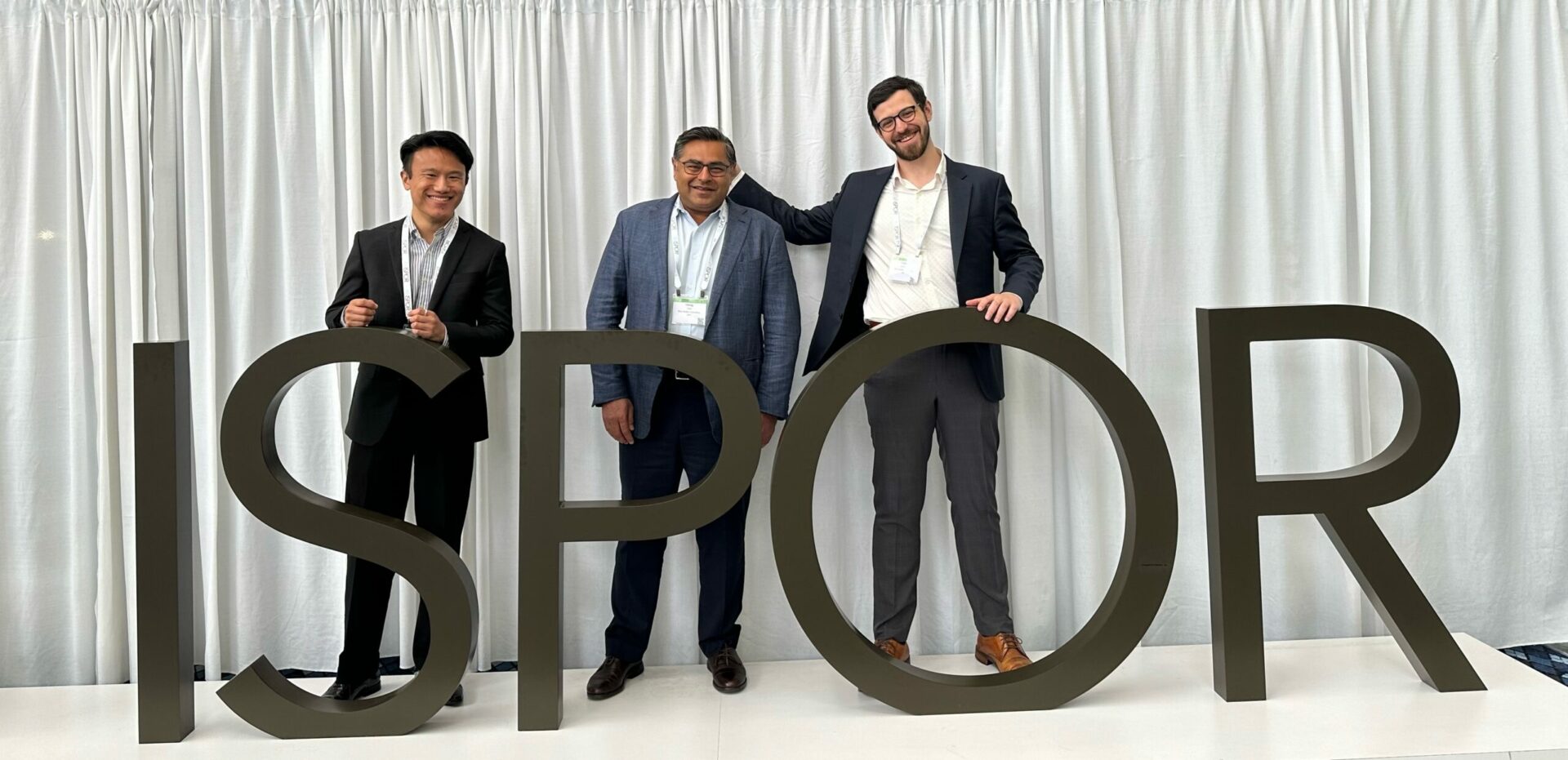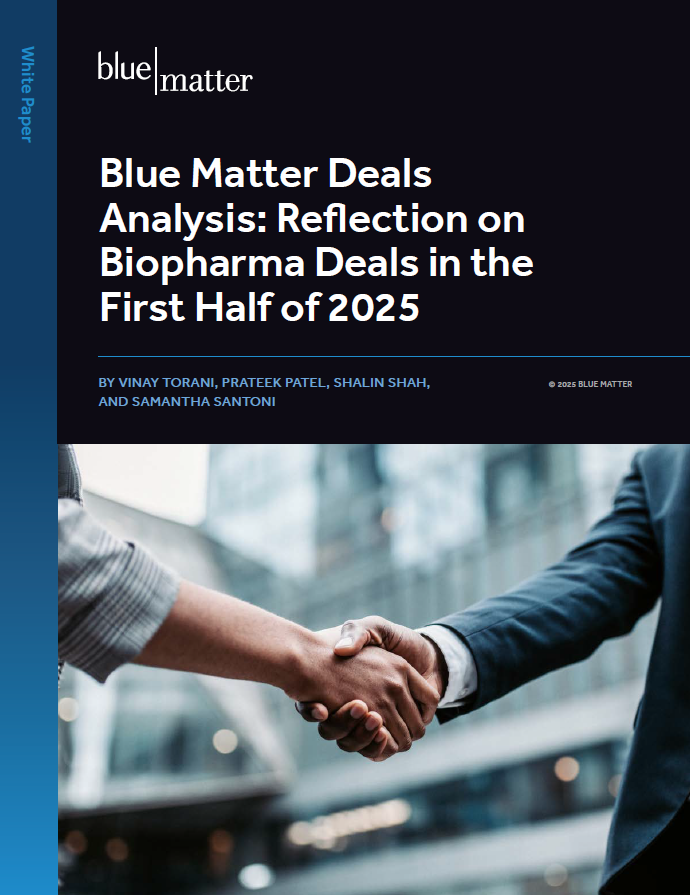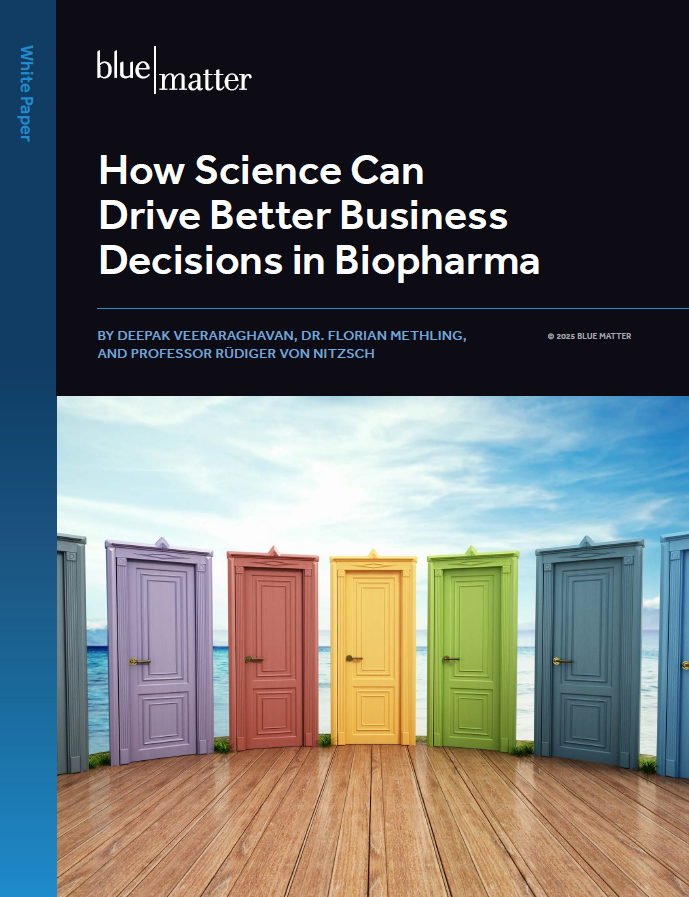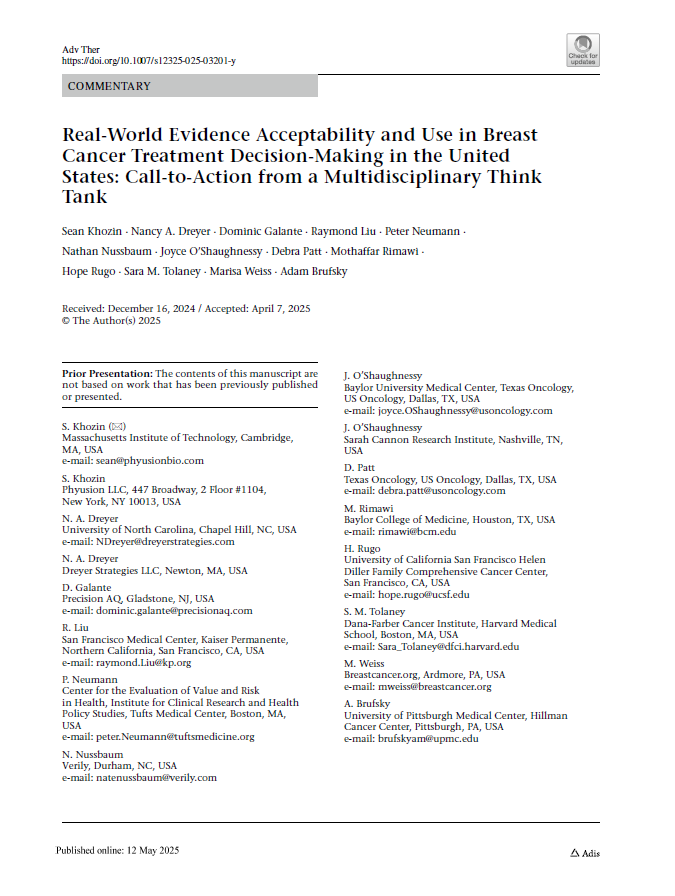
Greetings from Atlanta, where the 2024 annual meeting of ISPOR brought the best and brightest in the health economics and outcomes research (HEOR) field together from May 5-8. Blue Matter sent a team to attend and check out the cutting-edge research presented at the conference.
While there, our team was treated to a sampling of the “flavor of the season” trends shaping the future of the HEOR field. Some of this year’s favorite topics were:
- Generative AI: Utility and applications of artificial intelligence in HEOR and market access (including health economic evaluation), real-world research, and insights and evidence generation
- Joint Clinical Assessment: Preparation for navigating the European Health Technology Assessment (HTA) policy landscape; in particular: EUnetHTA Joint Clinical Assessment (JCA)
- Implications of the IRA: Initial responses in the US to the Inflation Reduction Act (IRA), including reactions to the most recent CMS guidance
- Patient-centricity: Approaches for improving the capture of patient and caregiver perspectives (including patient-reported outcomes, preferences, etc.), and incorporation into healthcare decision-making
- RWE Methods: Advances in real world evidence (RWE) methodology, including strategies for fit-for-purpose research, real-world data (RWD) linkage and harmonization of RWD networks, and modeling for a variety of use cases
Challenges Surrounding New US and EU Reimbursement Processes
As evinced from numerous conversations and sessions, one of the highlights from the conference was cross-stakeholder perspectives on the challenges and ambiguity related to navigating new reimbursement processes in the US and EU, especially in the context of the recently published draft guidance around the second round of IRA negotiations. Below, we explore some of the challenges noted at ISPOR.
Process-Driven Challenges
The release of draft guidance regarding the second round of IRA negotiations has caused a great deal of intrigue. Interpretation of this guidance, however, remains challenging given CMS’ lack of communication regarding the assessment process for the first round of negotiations.
Similarly, questions have emerged regarding the practicality of the joint EU HTA, given the potential number of assessments required to meet the PICOs requested by each country (examples showing that in some cases more than 50 PICOs may be needed). There remains much to learn about how these reimbursement practices will be implemented in the long-term and the implications for biopharma study design and evidence generation.
Evolving Role of Patient-Focused Information
Patient-focused information remains a key “ingredient” in the CMS assessment, but its role may shift both in format and importance in the second round of negotiations. CMS presenters at ISPOR acknowledged that the format for gathering this information in the current negotiations—a series of patient listening sessions—left room for improvement in terms of facilitating a true dialogue to capture the patient experience. CMS remains open to feedback regarding the format and content of these discussions as a part of the open comment period regarding the round 2 guidance.
Challenges in Defining Comparators
Many of the drugs governed by the IRA / EU HTA have many potential comparators, complicating the matter of identifying the most important candidates for comparative evidence generation. One speaker specifically noted Xarelto® as having dozens of potential comparators depending on how its indications of interest were defined. This ambiguity creates multiple challenges, including subjectivity in payers’ processes for selecting comparators, capacity constraints given the number of potential comparators that could be assessed, and even potential biasing of the clinical assessment, as payers such as CMS may be incentivized to select a comparator set consisting of lower-priced medications.
Implications for the Biopharma Industry
The current ambiguity regarding the IRA/JCA is straining industry evidence generation resources and challenging ways of working around payer evidence. Biopharma companies should
- Keep a close eye on reimbursement decisions for the first few drugs subject to the IRA/JCA to understand how various types of evidence play a role in new health technology assessments.
- Build a certain degree of flexibility into evidence generation plans to account for future clarification regarding assessment processes.
- Maintain transparency in communications with regulators and payers to ensure that evidence generation plans align with the needs of these increasingly important stakeholders.
Importantly, biopharma companies will need to consider doing the following when balancing clinical development and innovation:
- Prioritizing biologic development due to longer time to potential CMS price negotiation
- Potentially investing more in injectable/specialty/Part B drugs to avoid negotiation
- Producing high volume small molecule products and maximizing sales at a higher price in the first 7 years.
- Focusing on exempt orphan drug development
- Partnering with academia and small companies for innovation
Now that the IRA is being rolled out, what can we learn from across the Atlantic? The US IRA is often compared to European drug price controls. The two are not directly equivalent, although they may influence each other. European countries have various mechanisms for controlling drug prices, including reference pricing, health technology assessments, and negotiated agreements. The IRA’s provisions differ significantly from these European approaches but will still have impacts in the EU. Table 1 below provides a brief look at how components of the US URA could impact EU markets.
Table 1 – Potential Impacts of US IRA in EU Markets
| US IRA Components | EU Impact |
|---|---|
| Eligible drugs must be high-cost, lack generic or biosimilar equivalents, and have been on the market for a specified duration | In Europe there is less penetration of small molecule generics but increased uptake of biosimilars and products are often launched after the US |
| Lower revenues from the US market to support innovation and for R&D | Lower resources for drug development in other countries |
| Inflation rebates and required manufacturer discounts may affect pharmaceutical manufacturers’ revenue streams | Such additional drug price reductions may also be considered by EU country policy makers |
| While the IRA directly applies to Medicare patients, effects will extend to other payers possibly affecting Medicaid “best price” and commercial payer negotiations | These price reductions may also serve as a reference prices for EU markets, influencing pricing strategies beyond the US |
Obviously, the annual meeting of ISPOR is a large event, with many presentations, panel discussions, and conversations taking place. It’s impossible to provide a complete run-down in a short blog article. However, we hope this brief synopsis provides a good sense of the key themes that were addressed and gives a little insight into the issues facing HEOR / RWE professionals in the coming few years.
Note:
Table 1 Source – Diana Brixner, Ph.D., Professor, Pharmacotherapy Department and Founder, Pharmacotherapy Outcomes Research Center, University of Utah, College of Pharmacy; Shared in a Presentation / Panel Discussion at ISPOR 2024: International Fallout: How the IRA in the US and JCA and Revision of the EU Pharmaceutical Strategy in Europe Will Have Global Consequences (moderated by Cogentia®)







